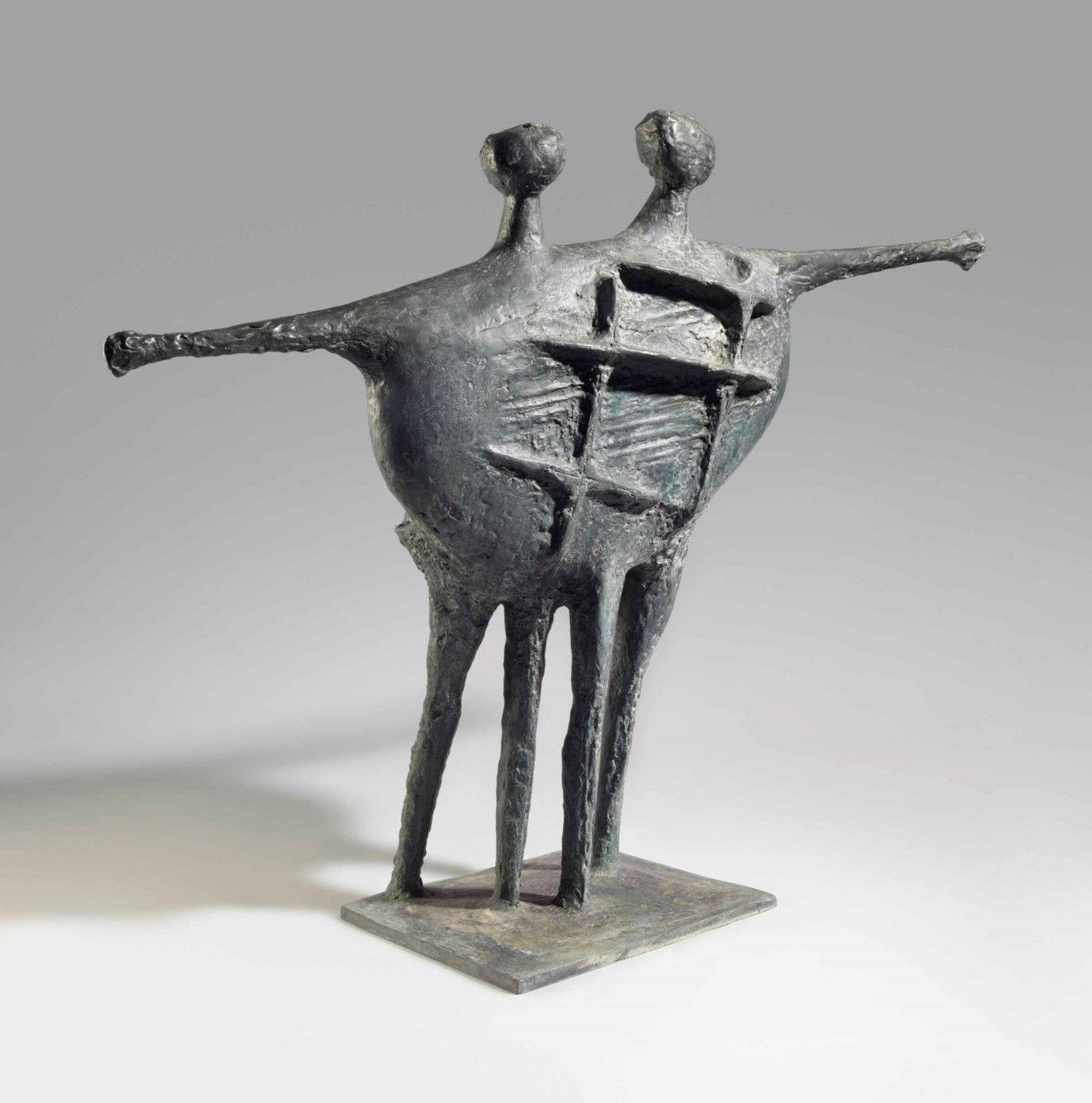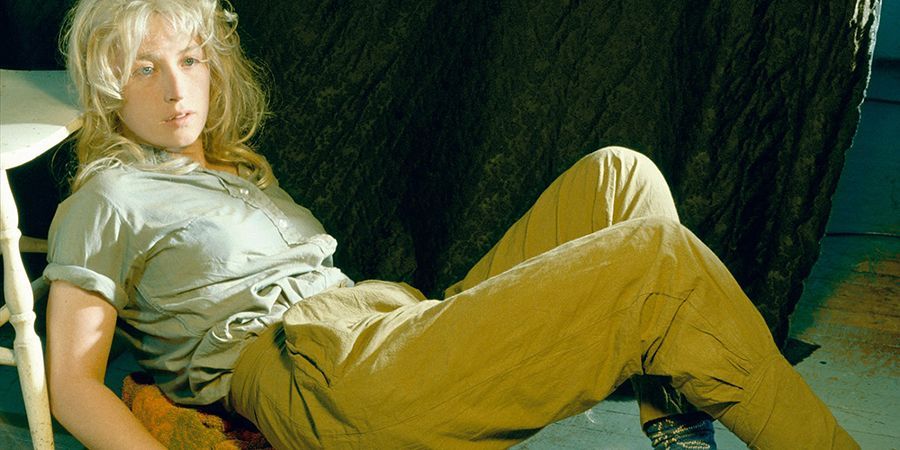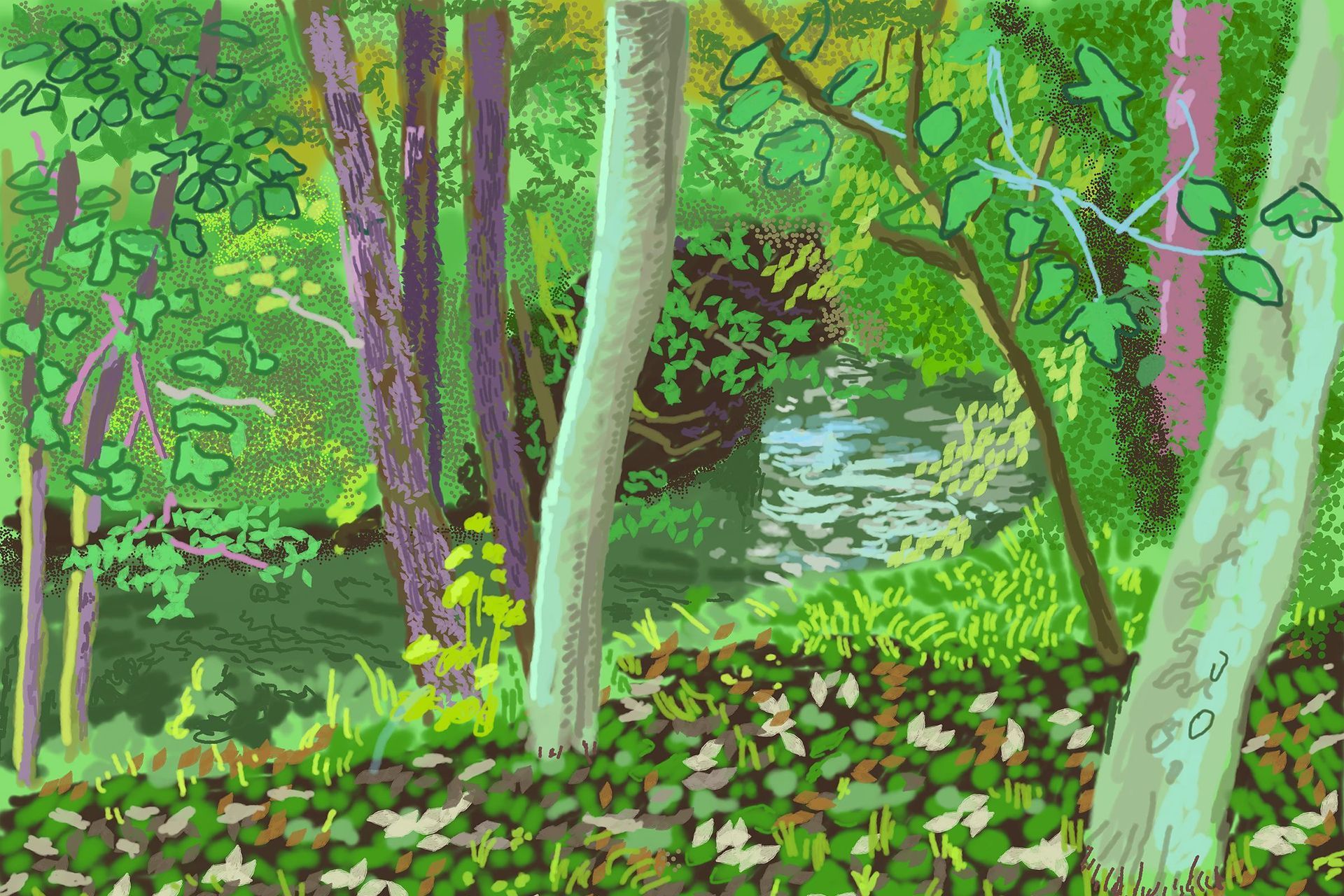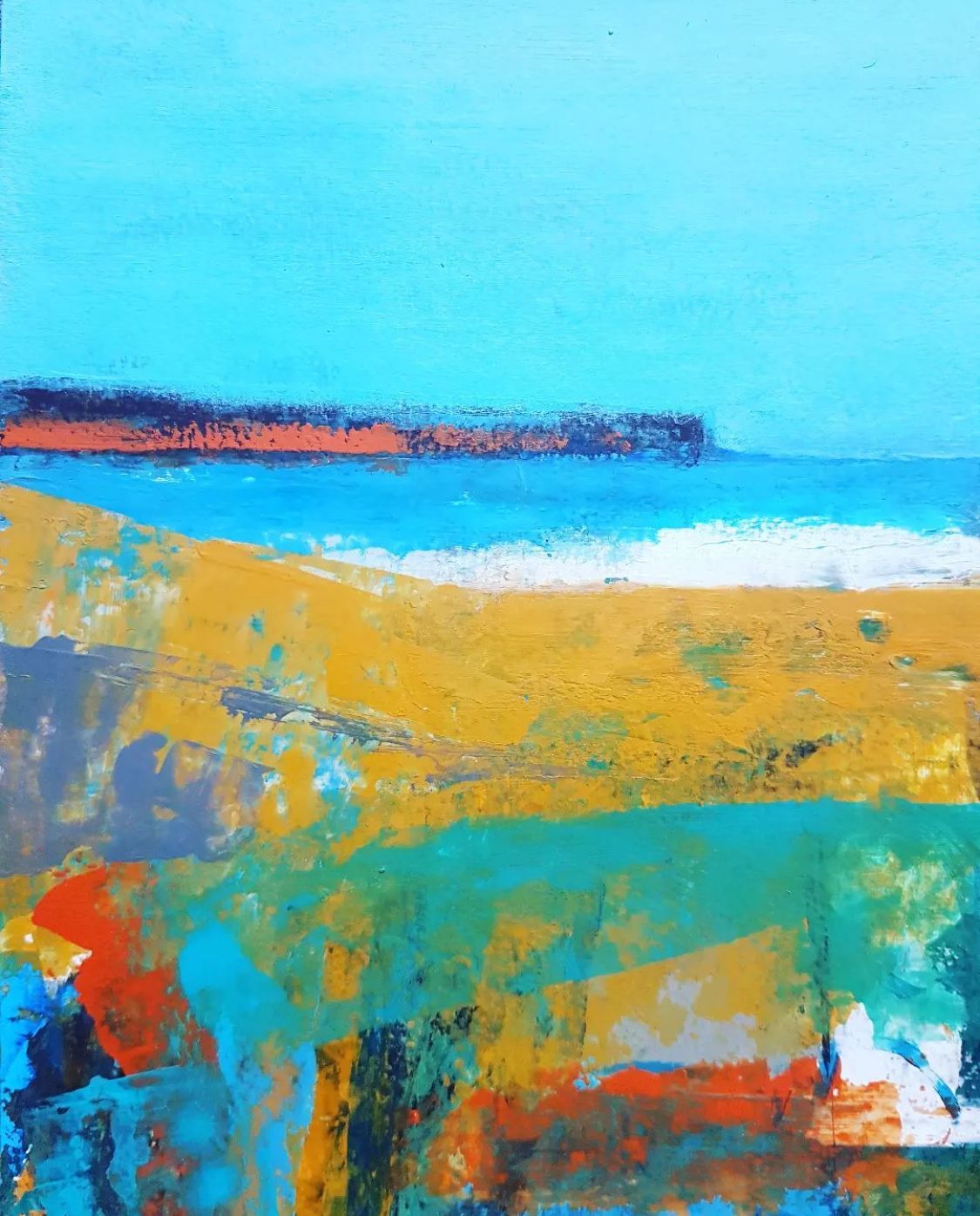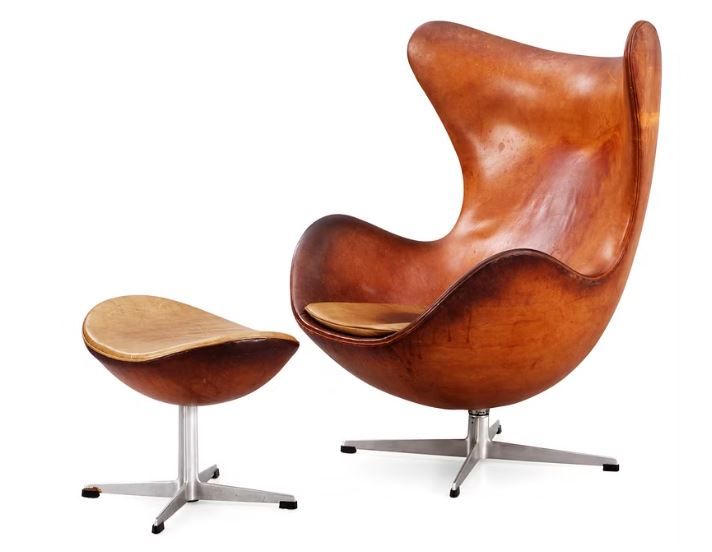Share post
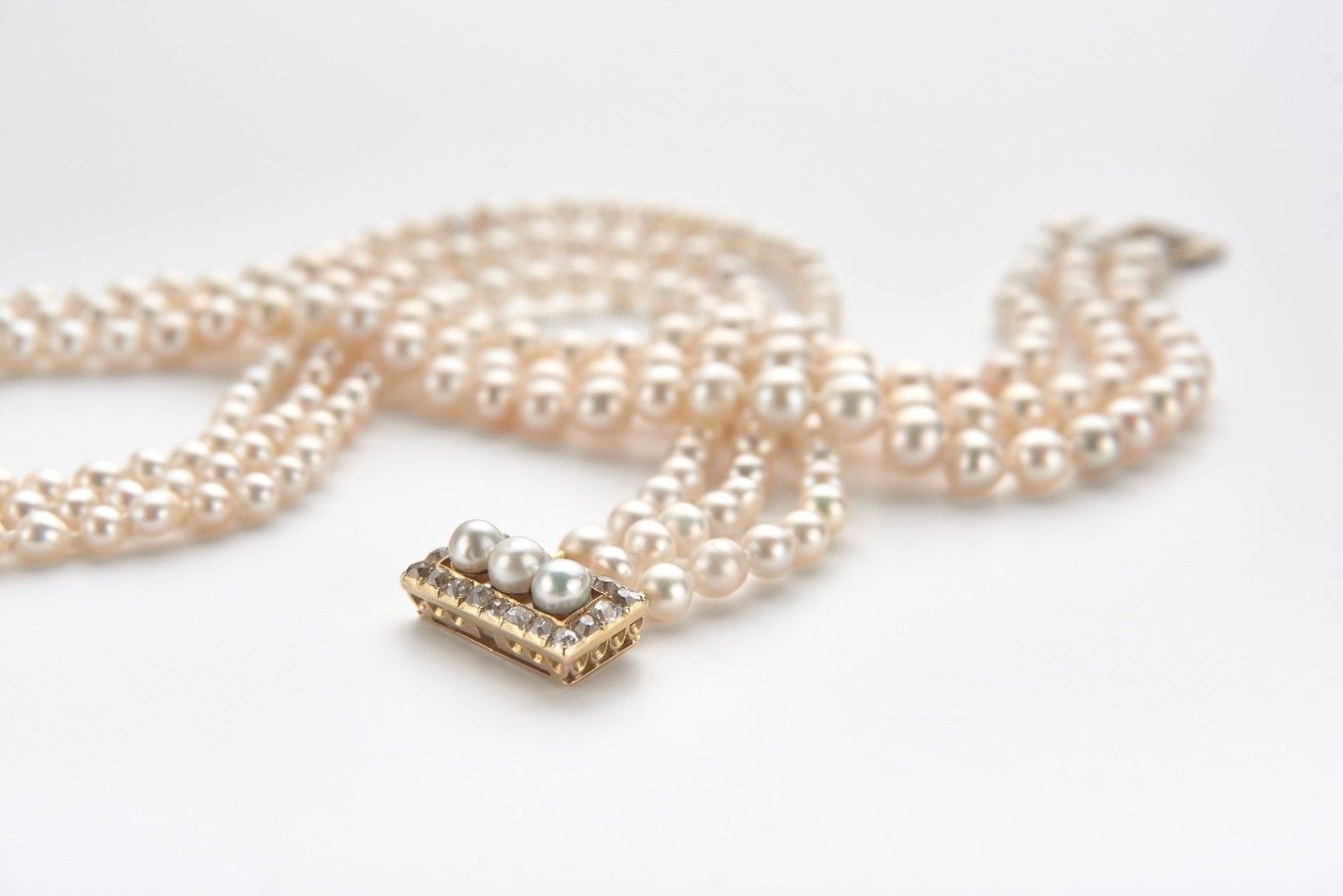
There are many types of pearls, which can be categorised into: natural and cultured pearls, and imitation pearls.
The difference between natural and cultured pearls lies in the formation. Both types are considered gemstones. A cultured pearl is formed due to human intervention. In essence, humans deliberately irritate the oyster or mollusc, which tend to be specifically raised for such purposes.
Our jewellery valuer (and talented photographer, credited below), Clare Blatherwick, tells us:
‘We are seeing significant price increases in the cultured pearl market as availability of stock is restricted due to very high Chinese demand. Conversely, the natural pearl market, which has been incredibly buoyant for over a decade, seems to be softening for those under 5mm.’
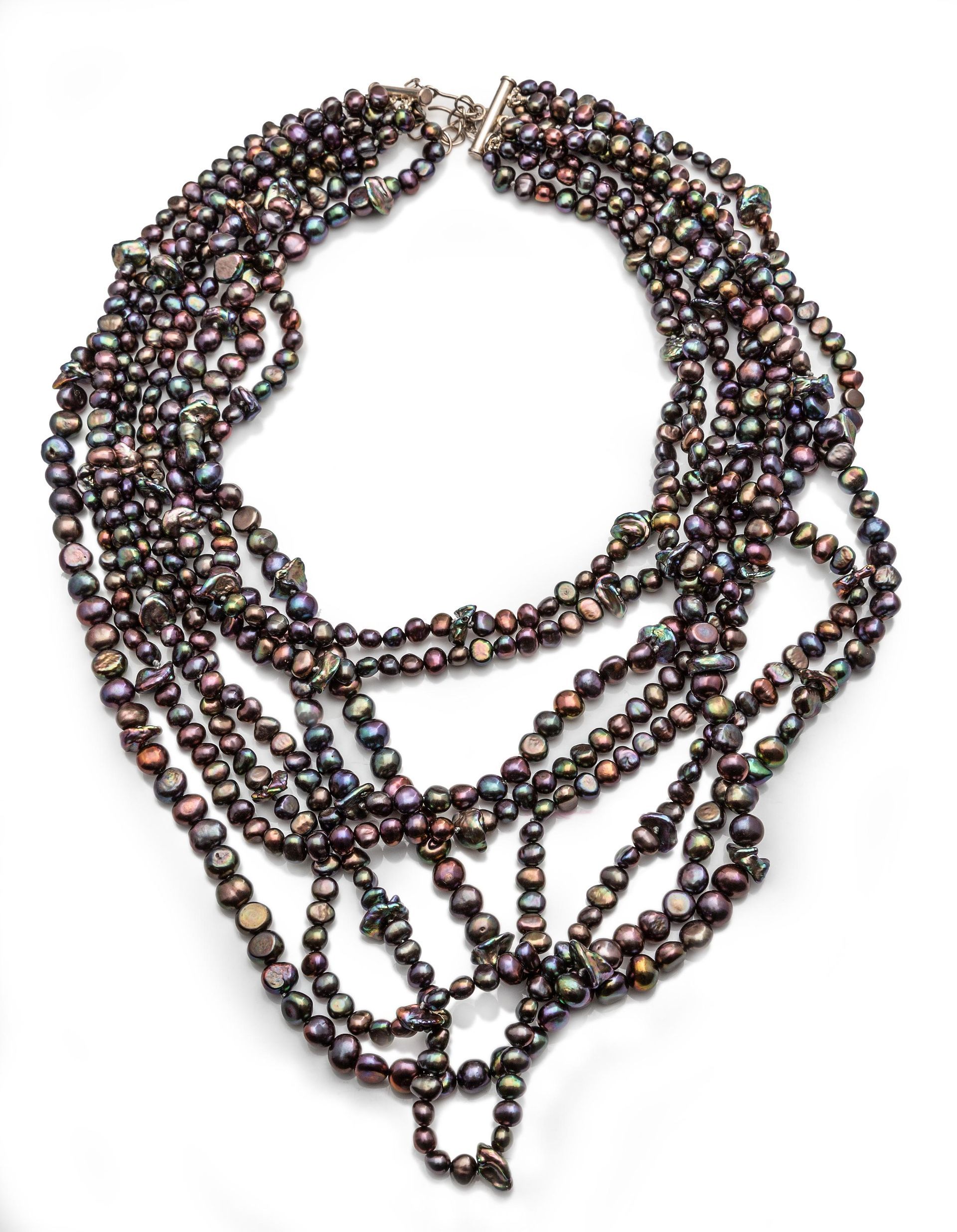
There are different types of cultured pearls, including: Akoya, South Sea, Tahitian, and Freshwater. Akoya are the white or cream coloured variety preferred by the West, produced in Japan and China. South Sea are mostly produced in Australia, Indonesia, and the Philippines and range from white to silver or gold in colour. Tahitian are found in French Polynesia and are the most varied in colour from grey, black, or brown with pink, purple, or green overtones. Freshwater pearls are the most common, renowned for their availability, range of sizes, shapes, and their (frequently) lower comparable market price. They are produced in China.
As with other gemstones, size, colour, and quality matter. The dangers for both sea divers and sea creatures are mitigated through the purchase of cultured pearls. Supply, demand, and cost are the primary drivers of this market and as with anything, these are subject to fluctuations.
Should you require a jewellery valuation, please contact us.

